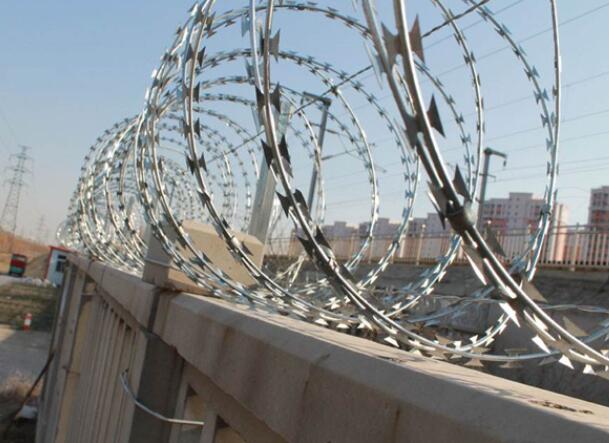The Economics of Fencing Wire Understanding Cost per Kilogram
Fencing wire is an essential component in numerous applications, ranging from agricultural settings to construction projects and industrial fencing. As the global demand for effective barriers increases, the cost of fencing wire becomes a crucial factor for consumers and businesses. This article explores the factors influencing the cost of fencing wire per kilogram, its economic implications, and tips for purchasing it wisely.
Understanding Fencing Wire Types
Fencing wire typically comes in various types, including barbed wire, chain link wire, welded wire, and electric fencing wire. Each type serves different purposes and has unique properties affecting its cost. For instance, barbed wire, widely used for agricultural purposes, is often less expensive than chain-link wire, which is more durable and adaptable for various construction projects.
The material used also plays a significant role. Galvanized steel wire, known for its resistance to rust and corrosion, is more expensive than non-galvanized wire but offers better longevity and lower maintenance costs over time. Similarly, stainless steel wire, commonly used in high-end applications, commands a higher price due to its superior durability and resistance to environmental factors.
Factors Influencing Cost per Kilogram
1. Raw Material Prices The fundamental driver of fencing wire costs is the raw materials used in production. Fluctuations in steel prices directly impact fencing wire costs. A rise in iron ore prices, for example, can lead to increased production costs, which are then passed on to consumers.
2. Manufacturing Processes The complexity of manufacturing also influences the price. For instance, processes involving higher precision or additional treatments, such as coating for increased corrosion resistance, result in higher costs per kilogram. Advanced manufacturing technologies may improve quality but can also increase the investment required from producers.
3. Supply and Demand Like any commodity, the law of supply and demand significantly affects fencing wire costs. When demand for agricultural land increases, the need for fencing will also rise, driving up prices. Conversely, during economic downturns, demand may fall, leading to lower prices as suppliers compete to sell their excess stock.
4. Transportation and Logistics Fencing wire is often bulky and heavy, making transportation a significant cost factor. The distance from manufacturing centers to the point of sale, as well as fuel prices, can affect the final cost per kilogram. Local suppliers may offer competitive pricing if they can offset shipping costs through short-distance deliveries.
fencing wire cost per kg

5. Market Competition The level of competition among manufacturers and suppliers can lead to price variations. In markets with multiple players, competitive pricing can help consumers find better deals. However, monopolistic scenarios may lead to inflated prices due to the lack of alternatives.
Economic Implications
The price of fencing wire can significantly impact agricultural productivity, land management practices, and construction endeavors. For farmers, the cost of fencing directly influences the ability to manage livestock effectively and protect crops from wild animals. In construction, affordable fencing wire is vital for project budgets and timelines.
Additionally, rising fencing wire costs can lead to higher consumer prices for meat, dairy, and other agricultural products, affecting the overall economy. As fencing wire becomes more expensive, farmers might resort to using less durable materials or skimping on fencing needs, potentially leading to poorer management of livestock and crops.
Tips for Purchasing Fencing Wire Wisely
1. Compare Prices Shop around and compare prices from multiple suppliers. Online resources and local hardware stores can provide insights into current market rates.
2. Consider Bulk Purchases Buying in bulk can often save costs per kilogram. If a project requires a significant quantity, consider bulk options from suppliers.
3. Evaluate Quality vs. Cost While it might be tempting to choose the least expensive option, consider the long-term value. Investing in higher-quality, more durable fencing wire could save money on replacements and maintenance in the future.
4. Monitor Market Trends Stay informed about steel price trends and the factors driving those changes. Timing your purchase based on market conditions can lead to significant savings.
In conclusion, understanding the cost per kilogram of fencing wire involves analyzing various factors, from raw material prices to market competition. By making informed purchasing decisions, consumers can not only save money but also ensure they are investing in quality products that meet their specific needs.

















